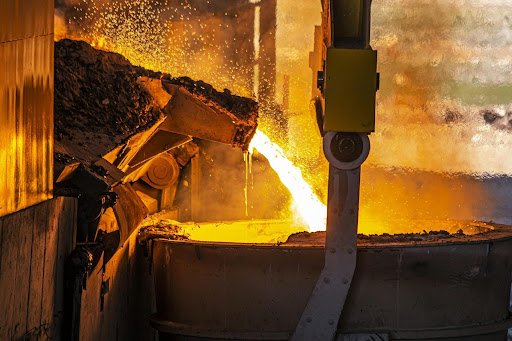Several special-quality materials in the building sector improve engineering project sustainability and performance. Because of its adaptability, strength, and durability, modern buildings often consist of concrete, steel, asphalt, and lumber. These materials allow innovative architectural ideas and tackle significant environmental issues using technology breakthroughs and sustainable practices. As the demand for robust infrastructure grows, architects and engineers find an ever more critical need to know the characteristics and applications of these basic materials.
Concrete: The foundation of modern engineering
Large-scale engineering projects generally consist of concrete since it is a flexible material with outstanding strength, durability, and adaptability. Its malleability allows for innovative architectural ideas, including building strong constructions with concrete barrier blocks. Its resistance to fire and weathering from bridges to skyscrapers defines it for many applications. Additives and reinforcement techniques improve concrete performance, allowing buildings to resist high loads and environmental problems. Constant technological development means sustainable, high-performance concrete changes to satisfy structural and environmental needs.
Steel: The backbone of structural innovation
Fundamental in the construction of large structures, steel is known for its amazing strength-to-weight ratio. From the high-rise structures’ framework to the intricate bridge designs, its flexibility allows a range of uses. By absorbing energy and withstanding dynamic pressures, steel’s ductility helps constructions resist earthquakes. High-performance alloys enhance corrosion resistance and lifetime using advancements in steel manufacturing. Modern engineering techniques value steel since it is recyclable, improving its sustainability.
Asphalt: Paving the future of roadway infrastructure
Roadways’ building and upkeep depend on this substance, which gives automobiles a durable and smooth surface. Its adaptability lets it handle severe traffic loads and temperature swings without cracking, guaranteeing a lifetime and low maintenance expenses. Asphalt mixtures combining recycled resources are greener and more sustainable. Technological developments have increased road safety and functionality by raising asphalt performance, especially deformation and skid resistance.
Timber: Nature’s sustainable building material
For millennia, construction has mostly relied on this natural resource—valued for its adaptability and beauty. Its modest weight makes handling and installation easier, from residences to large commercial structures, which qualifies perfectly for many uses. Furthermore, supporting construction energy efficiency is timber’s tremendous thermal insulating property. Designed wood products—such as cross-laminated timber—which provide additional strength and stability while supporting sustainable forestry practices—have become popular as sustainability becomes even more vital. Timber, a renewable resource, is still highly valuable in modern engineering since it addresses environmental problems and utility.
Conclusion
The wide range of materials used in big engineering projects—concrete, steel, asphalt, and timber—highlights the requirement of selecting the right parts to satisfy structural and environmental needs. Although changes in sustainability and technology still impact technical improvements, every material has unique characteristics that increase building durability, safety, and visual appeal. Combining these materials addresses the issues with present infrastructure. It provides a more sustainable building strategy, ensuring that future projects are durable and environmentally friendly as the building industry grows. Ongoing research and innovation in material science will further enhance construction efficiency and resilience, shaping the future of modern infrastructure.
Image attributed to Unsplash.com
